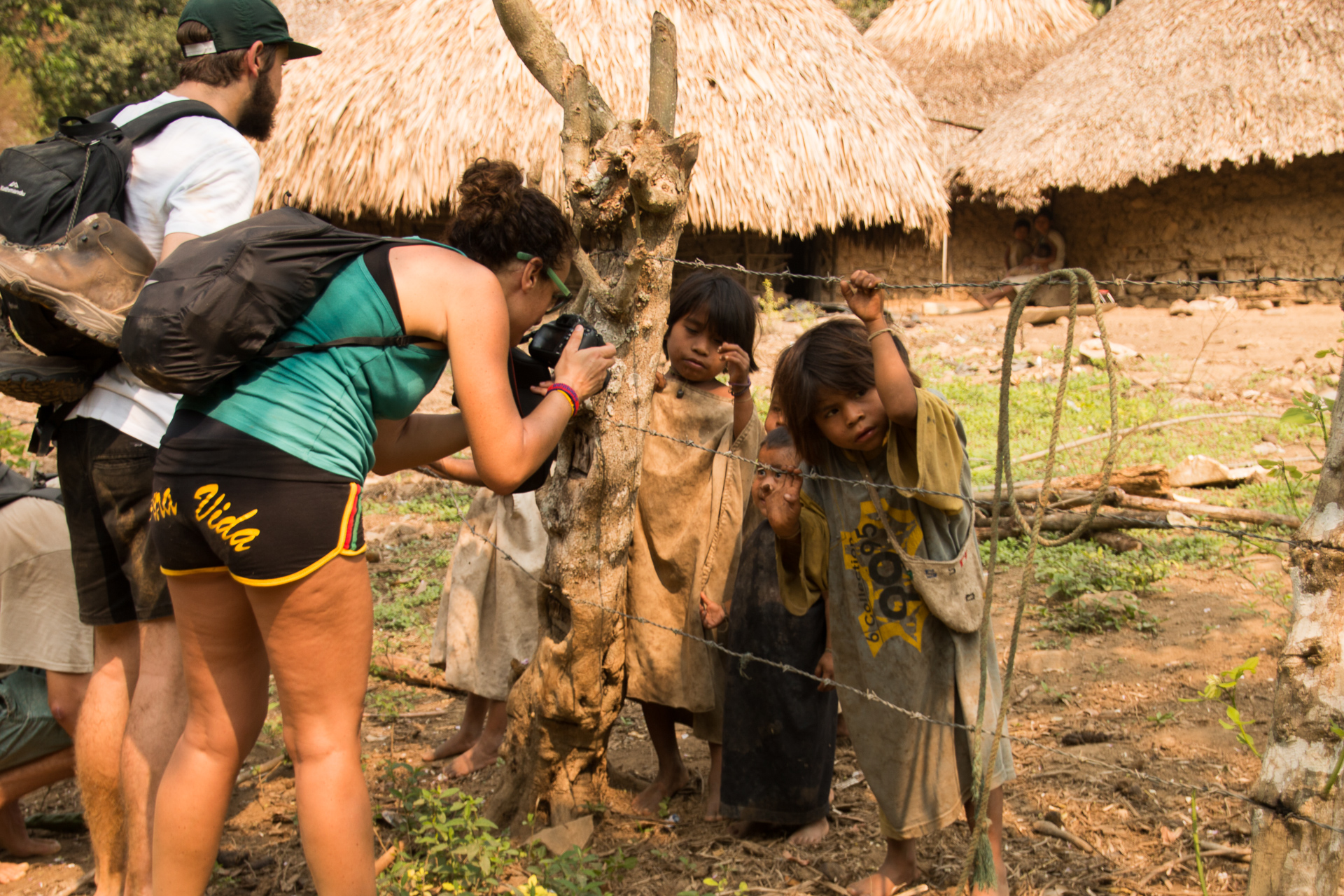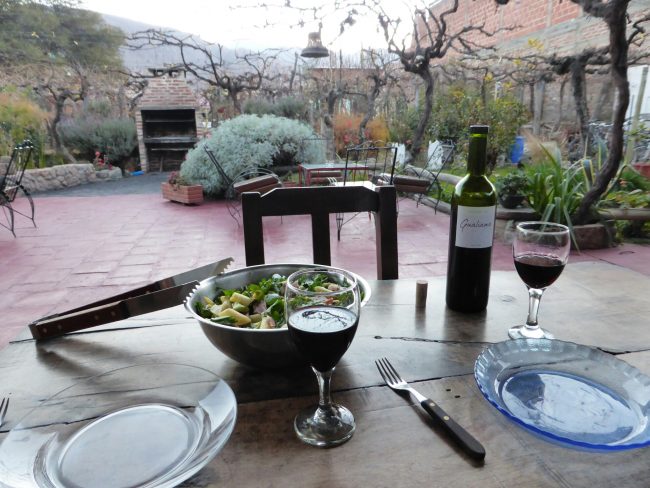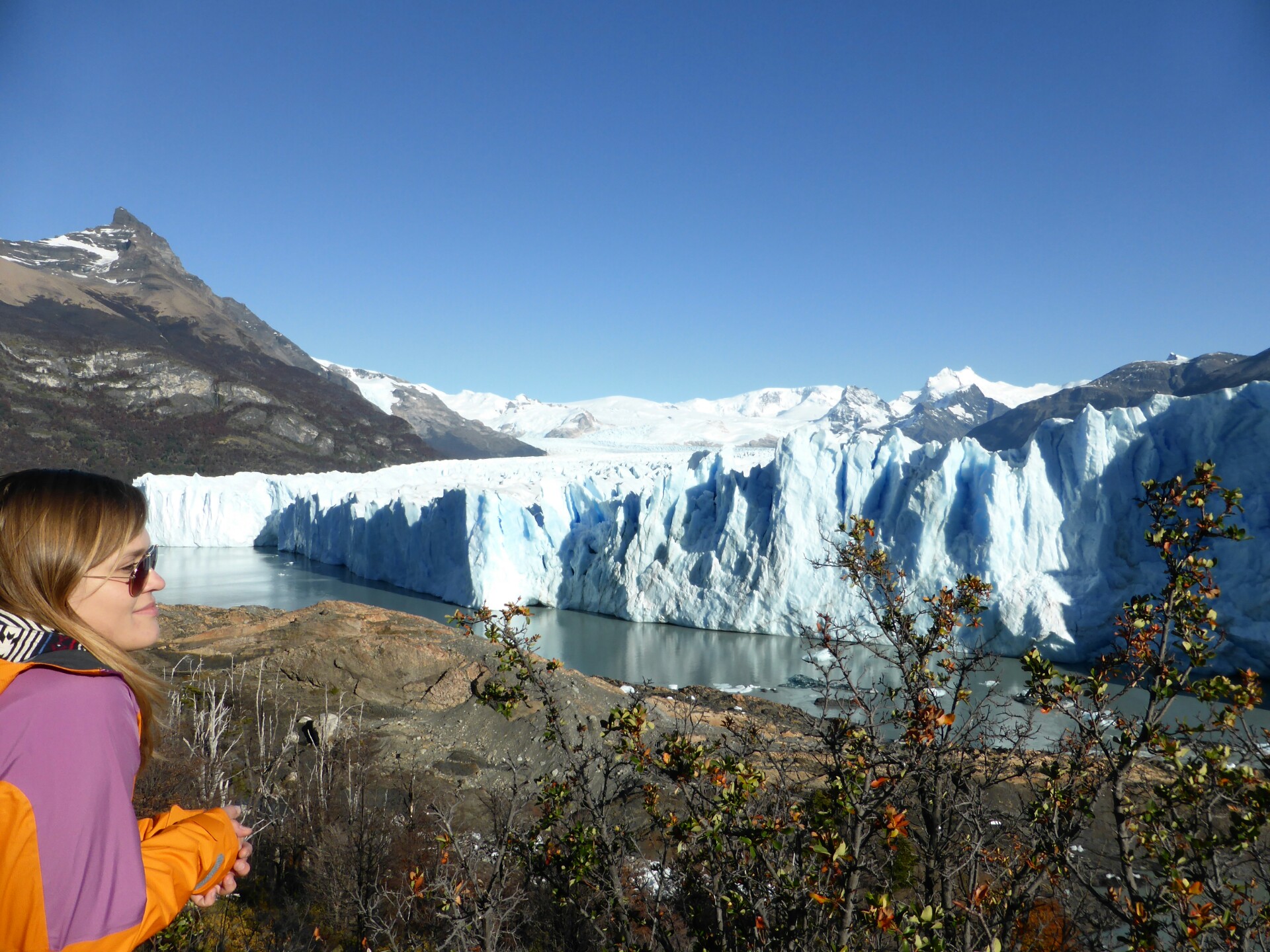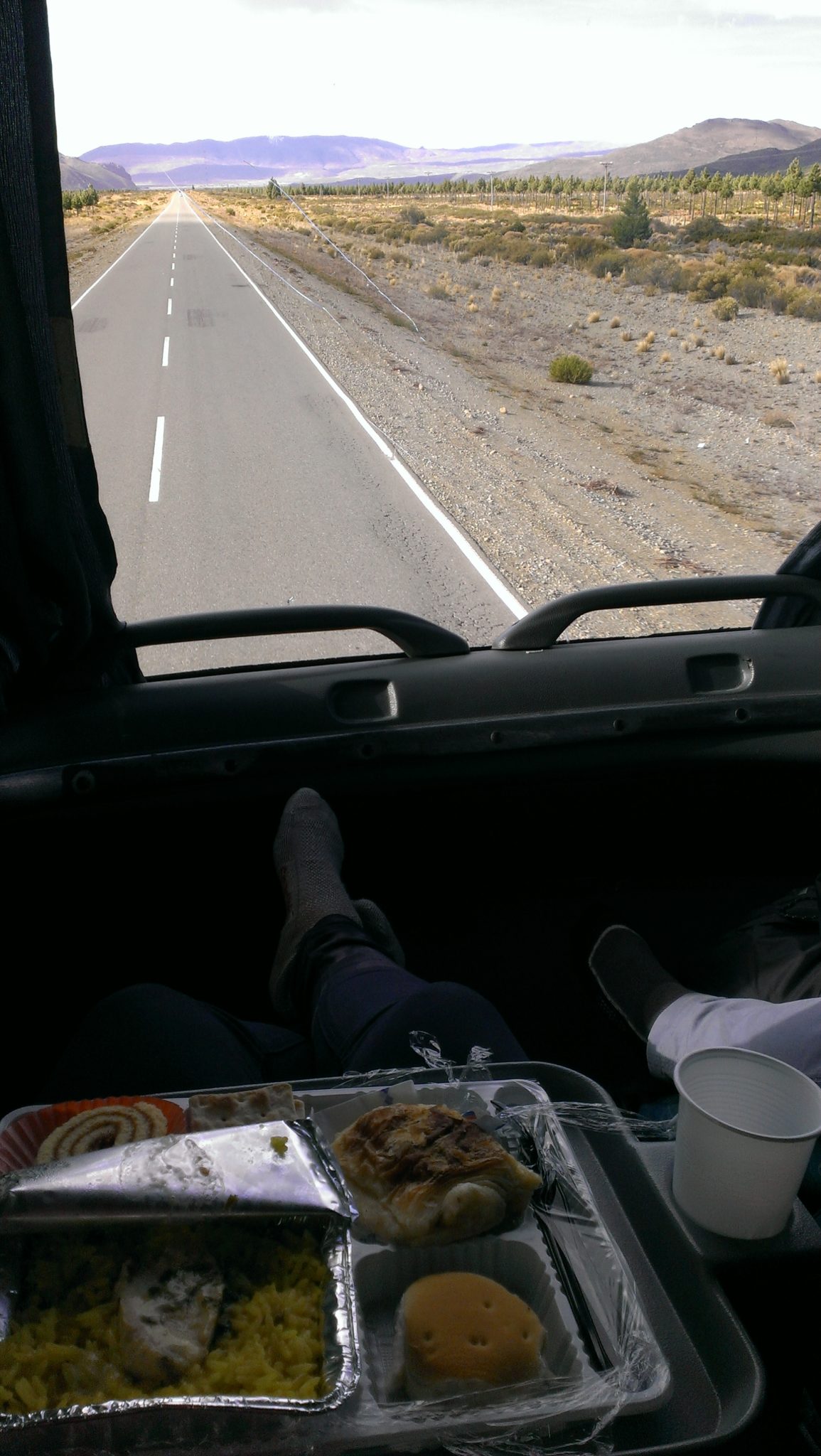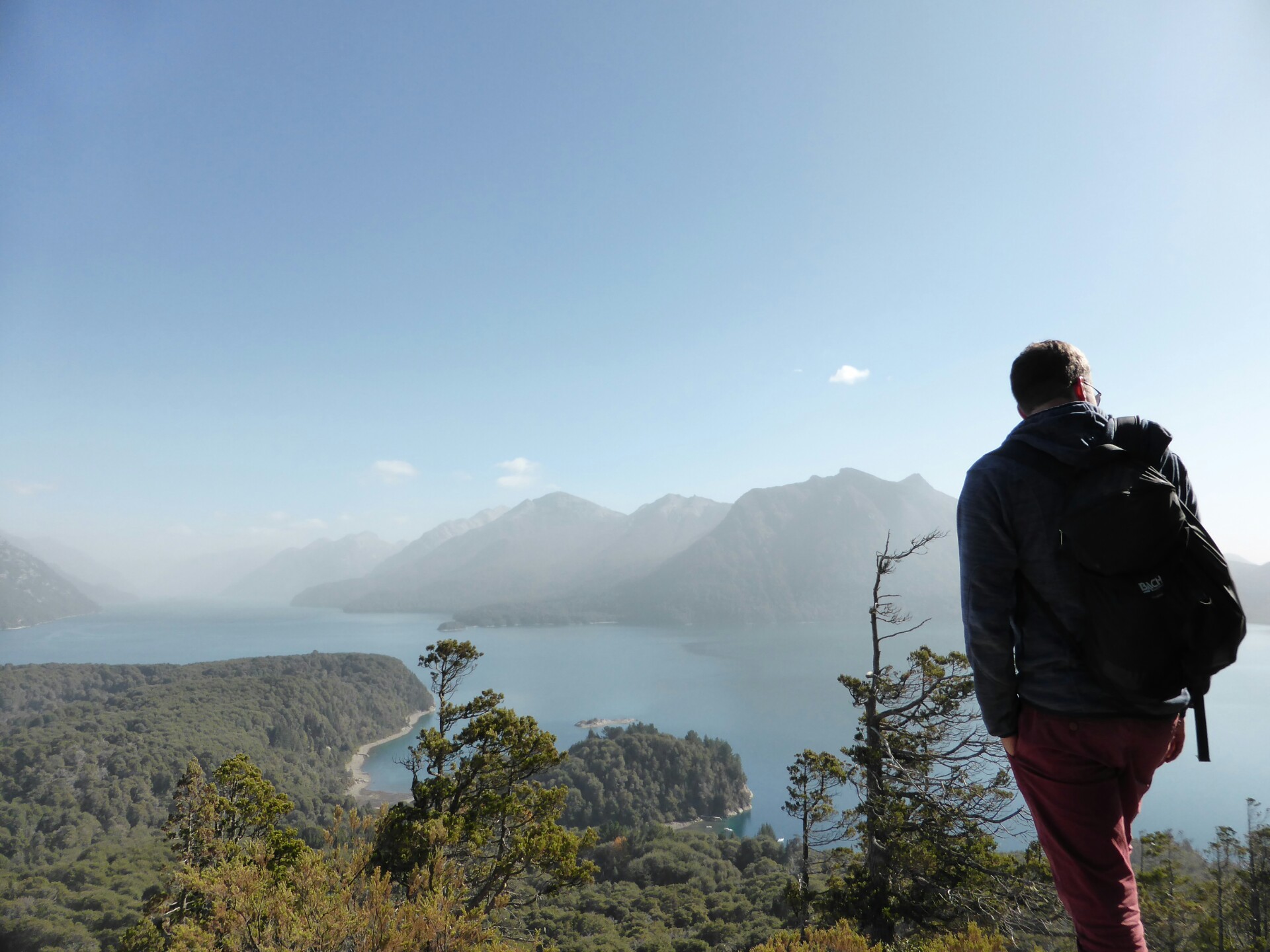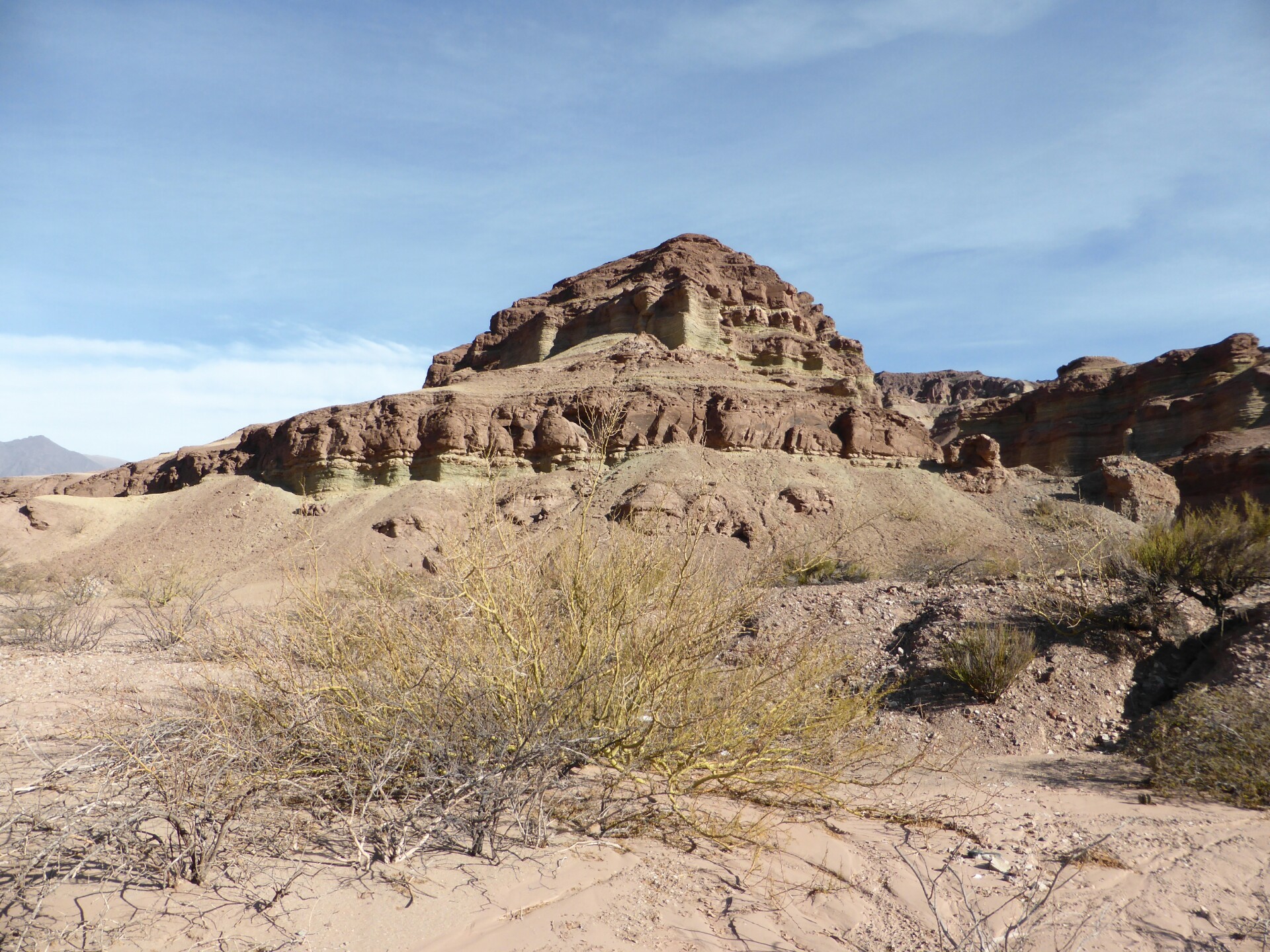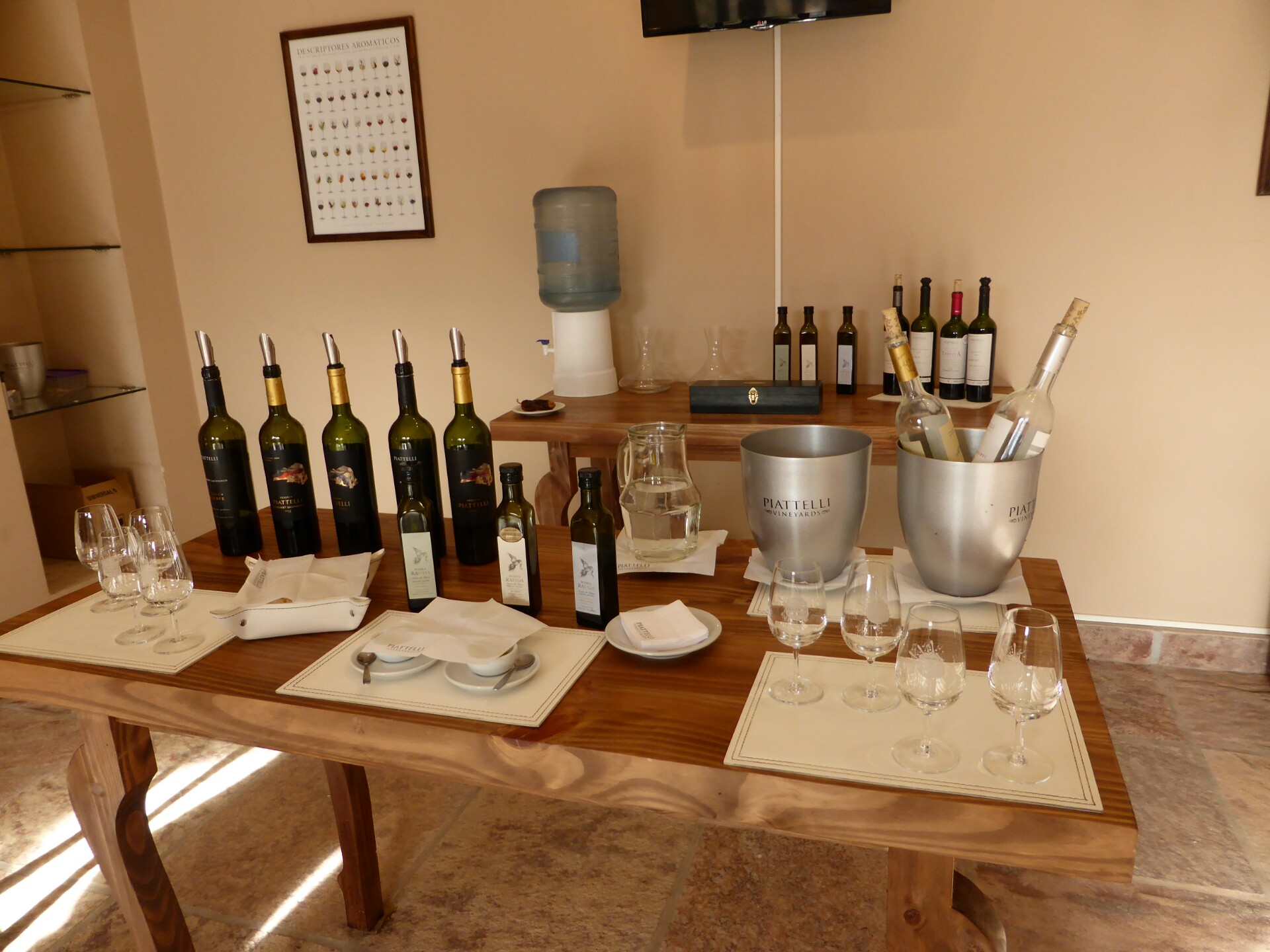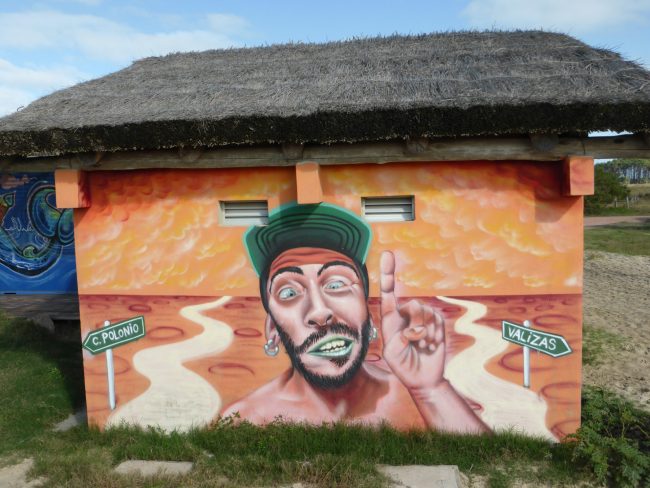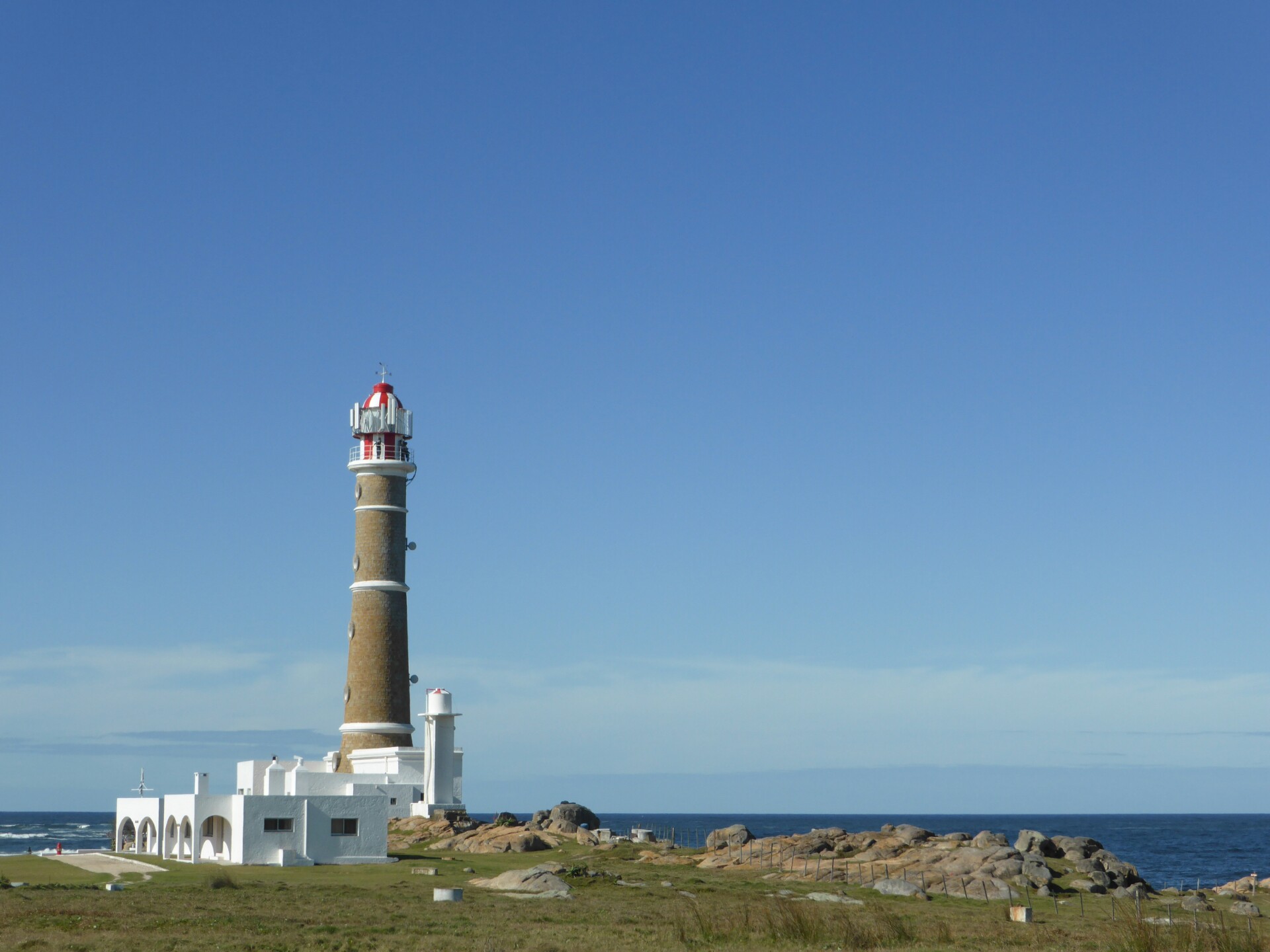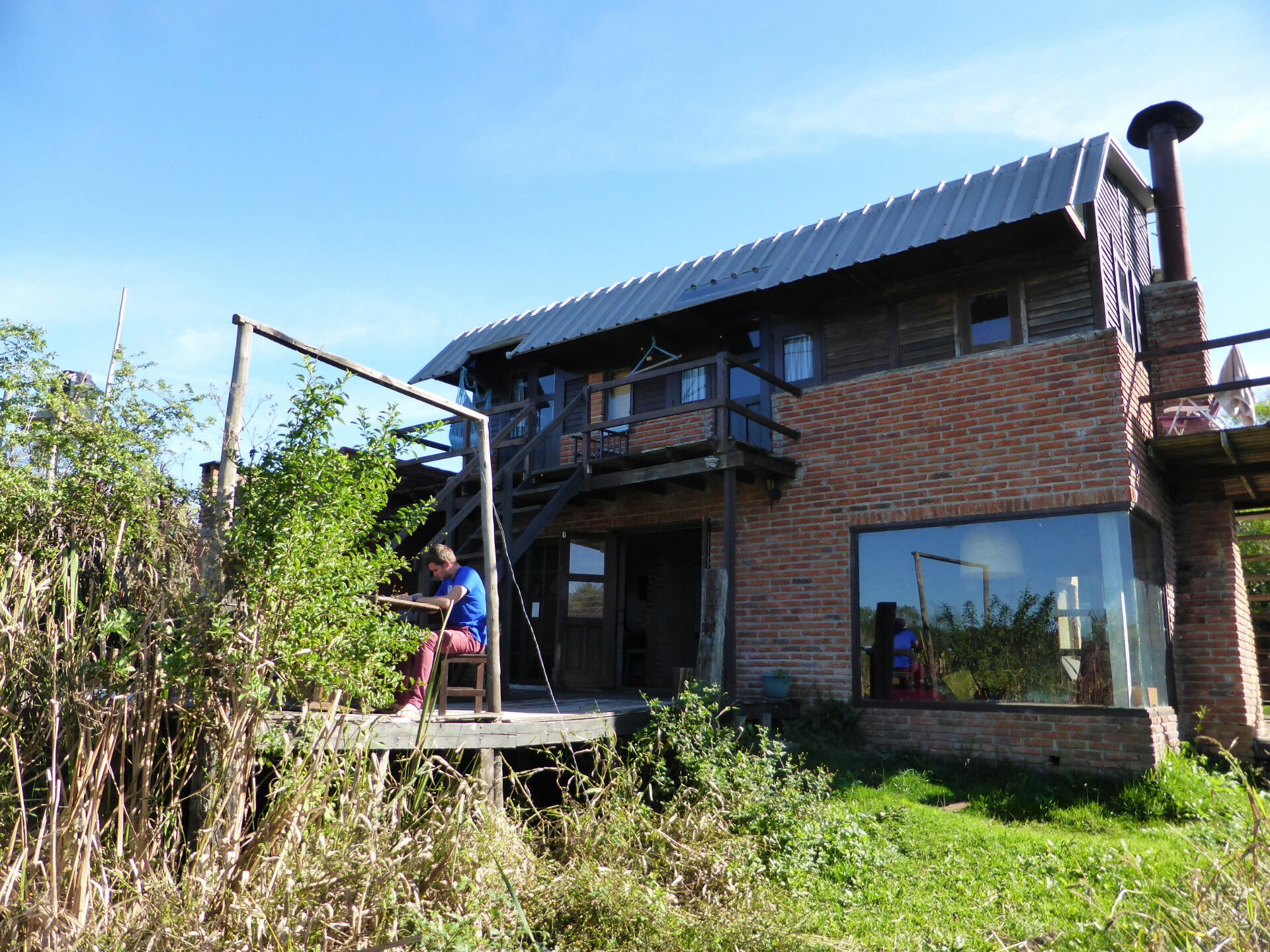When you think about an Around The World trip you think about all of those positives, all of the pretty pictures you see and inspirational stories you hear. But… it can be dirty, it can be boring, it can be frustrating. Maybe you will feel like coming back. We love our life on the road, really we do! But it’s not always as great as we imagined. Although it’s always worth it. Here are some little misunderstandings before you go on your journey of a lifetime.
-
Only millionaires can travel long term
Hell no! We met a guy who was travelling on 300 dollars for a few months through Central America. Ok, he was only eating rice, free pancakes and leftovers from other people and he was volunteering most of the time but it’s possible! It’s all a matter of choices and how much of your comfort you want to sacrifice.
-
All the locals will smile and wait for you to take a picture of them…
Not all the locals smile to you to begin with. Taking pictures of the locals is a business in many places. People wanna have National Geographic pictures so they pay and so locals see that they can earn money by looking poor and well… local. Not all of them but many so watch out.

-
… and then they will invite you home for tea
Not all the people want to get to know you, not all want to help you and not all will even respond to you “hello” even if you learn it in their language.
-
You won’t ever stink…
If only pictures could smell… You will stink soooo often. If you’re already lucky enough to find a laundry place, they will wash your clothes in a 15 min program in cold water. Let’s say I wouldn’t take any fancy clothes, they just won’t remain fancy…

-
You meet only amazing people
For every amazing, super interesting person we managed to get to know, we met probably 10 super boring or super idiots. The amount of people who travel only to “check” stuff from their list and get drunk afterwards is insane! And you wouldn’t believe how many boring people you will meet on your way! Many of your brain cells will die in those forced conversations.
-
Every day you see something mind-blowing and special
On a long-term journey you get more and more selective about the things you want to see. One Machu Picchu is cool but imagine you see the tenth ruin like that. Or another idyllic beach… Some stuff just seems more normal after some time. Besides not every day you will be able to see wonderful things sometimes you will be glued to the toilet or on a 24-hour bus.

-
You won’t ever be bored
You will, oooohhh you will. Long hours in a bus, long hours waiting, you meet people and you hear the same questions… Maybe you can start doing crochet just like I started:)
-
You will see everything you want
Even on a life-time- long travel you won’t see everything, it’s just impossible. You will always have to choose, what you want to see. And honestly it’s even more difficult than on a short trip just because you have an ocean of possibilities.
-
All the stuff you don’t have or gets broken you can get there
That’s what I read when I was leaving and guess what, in Argentina my panties got stolen (dirty!!). Ok they were new and pretty, stupid of me to even take things like that but still… I wanted to buy new ones and I couldn’t find anything okish… Only Bridget Jones or for the Red Light District, nothing in between. When it comes to electronics in Argentina it’s insanely expensive, the same with outdoor equipment so… if you can’t live without a specific thing, take it!!
-
You will always want to see and do more
No! Sometimes you will just feel like staying in bed for the whole day and watch Harry Potters. You won’t feel like packing and taking another bus or seeing another thing.
-
You will be happy and grateful every day of your trip
You will get frustrated, you will cry. You will sometimes feel like the locals only want your money and see you as a white cash machine. You will get food poisoning and you will regret you didn’t take a private room, sometimes you won’t even feel like saying “hi” to the people in your dorm or talking to them…
-
You will come back the same
You will see other lifestyles, you will see poverty but also simply joy. You will meet the most inspiring people in your life. They will become your friends. You will push your borders and learn about life, the world and yourself. You will see that you can make your dreams come true. That the world is full of possibilities and choices. You're the master of your own destiny. You will never be the same person. But that’s alright. Because guess what, this journey is going to prepare you for everything, revise your priorities and teach you humility. And the joy and appreciation you will get when you're back at home, eating your food and using a normal bathroom is incomparable to anything.

